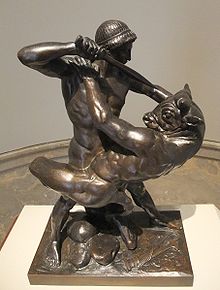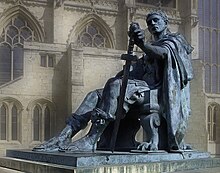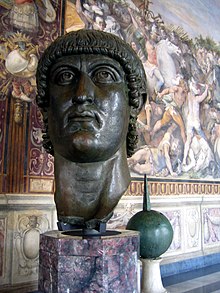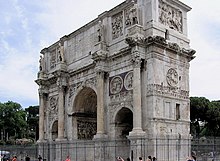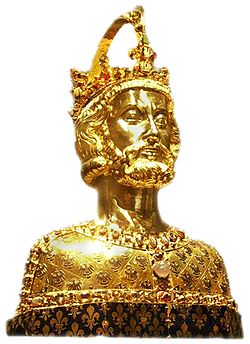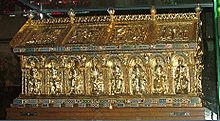The Most Interesting and Intriguing
Facts About Mona Lisa
One of the most popular
paintings in the world is the “Mona Lisa” by the universal genius and
Renaissance man – Leonardo de Vinci. After more than 500 years since its
creation, the painting continuously captured and captivated the attention of
millions of people most especially by art enthusiasts and lovers. It was very popular and controversial for
several reasons. Keep that mouse rolling to find the most intriguing and
controversial facts about the classical “Mona Lisa”.
1. The Mona Lisa, which is one
of the most expensive paintings in the world, is also known as La Gioconda
or La
Joconde
2. In some instances, it is also called the
Portrait of
Lisa Gherardini and has been acclaimed as the most sung about, the best known,
the most written about, the most parodied and the most visited work of art in
the world.
3. La Gioconda is the Italian for “the jocund
one”. Jocund means jovial or happy.
4. Lisa Gherardini was the wife of Francesco
del Giocondo, a rich merchant who lived in the City of Florence in Italy. The
city is one of the most famous cities in the world during the Renaissance
period.
5. This extremely famous
painting is a half-length portrait of a woman in oil on a poplar panel and was painted
between 1503 and 1506.
6. It is currently on
permanent display at the Musee du Louver in Paris, the capital of France which
is the most visited country in the world.
7. It is a property of the
French Republic and was purchased by King Francois I of France after Leonardo
da Vinci’s death from his student and assistant Salai, who inherited the
painting including his other works.
8. It was bought by King
Francois I for 4,000 ecus and kept it at Palace of Fontainebleau and then it
was given to Louis XIV and was kept at the Palace of Versailles.
9. The term “Mona Lisa” is
taken from the Italian “Ma Donna Lisa” which means “My Lady Lisa”. Mona is the
contraction of Madonna.
10. The painting is thought to
have been commissioned for the new home of Francesco del Giocondo and Lisa and
to celebrate the birth of their second son, Andrea.
11. The “Mona Lisa” is an
unfinished painting by Leonardo da Vinci like many of his work.
12. The painting also spent a
short period of time in the bedroom of Napoleon Bonaparte in the Palace of
Tuileries.
13. It was moved to the Louvre
after the French Revolution and was move again at the Brest Arsenal during the
Franco-Prussian War of 1870-1871.
14. After the Franco-Prussian
War it was moved back to the Louvre but was move again to several places such
Chateau d’Amboise, Loc-Dieu Abbey, Chateau de Chambord and Ingres Museum.
15. When the painting was
stolen on August 21, 1911, the Louvre was closed for an entire week to aid in
investigation of the theft.
16. The French poet Guillaume
Appollinaire was arrested and jailed but was released due to lack of evidence
to prove his guilt. His fiend, the famous painter – Pablo Picasso, was also
brought in for questioning but was also freed.
17. It took 2 years to finally
capture the real thief – Vincenzo Peruggia, an employee of Louvre. He was
captured when he tried to sell it to the Uffizi Gallery in Florence, Italy.
18. This Italian patriot’s
main reason for stealing the painting is that he believed Leonardo's painting
should be returned to Italy for display in an Italian museum.
19. The Mona Lisa painting was
exhibited all over Italy and returned to Louvre in 1913. Peruggia was hailed
for his patriotism and served only 6 months in jail for stealing the painting.
20. Mona Lisa was among the
first portraits to depict the sitter before an imaginary landscape and Leonardo
was one of the first painters to use aerial perspective.
21. One more thing that makes Mona Lisa uniquely intriguing is the
fact that it has no clearly visible eyebrows or eyelashes.
22. The painting had suffered
several minor damages especially its frame but was repaired carefully
accurately by experts.
23. The painting has had many
different decorative frames in its history and had undergone several cleaning,
re-varnishing, and touch-up.
24. Another fascinating fact
and great manifestation of Mona Lisa’s popularity is that about 6 million
people view this masterpiece at the Louvre each year.Visitors generally spend
about 15 seconds viewing the Mona Lisa.
25. Mona Lisa was exhibited in
New York City and Washington D.C. in the United States from December 1962 to
March 1963 for a period of 3 months. It was also exhibited in Moscow and Tokyo
in 1974.
26. Mona Lisa is the 5th
most expensive painting in the world. Its 1962 price of $100 million is
approximately $700 million in 2010.
27. A Mona Lisa smoking a pipe
was created by Sapeck in 1883 while Marcel Duchamp created a Mona Lisa with a
moustache and a goatee and added the inscription "Elle a chaud au
cul" which literally mean "she has a hot ass".
28. Some parts of the painting
were damaged in several occasions. The first was in 1956, when the lower part
of the painting was severely damaged by a vandal who doused the painting with
acid.
29. The second was on December
30, 1956, when a rock was thrown by a young man named Ugo Ungaza Villegas from
Bolivia that resulted in the loss of a speck of pigment near the left elbow.
The damaged was later painted over.
30. The third attack on the
painting occurred in April 1974 at the Tokyo National Museum when a lame woman
sprayed red paint at the painting because she was upset by the museum's policy
for disabled people. The painting was undamaged.
31. The most recent attack on
the painting was on August 2, 2009 when a Russian woman threw a terra cotta mug
at the painting because of disappointment when she was denied French
citizenship. The mug was purchased at the museum. The painting was undamaged.
32. To avoid further attacks
and damages, the painting is now shielded by a bulletproof glass.
33. To avoid future damages, the
painting is currently kept under strict, climate-controlled conditions maintaining
humidity at 50% ±10%, and temperature between 18 and 21 °C.






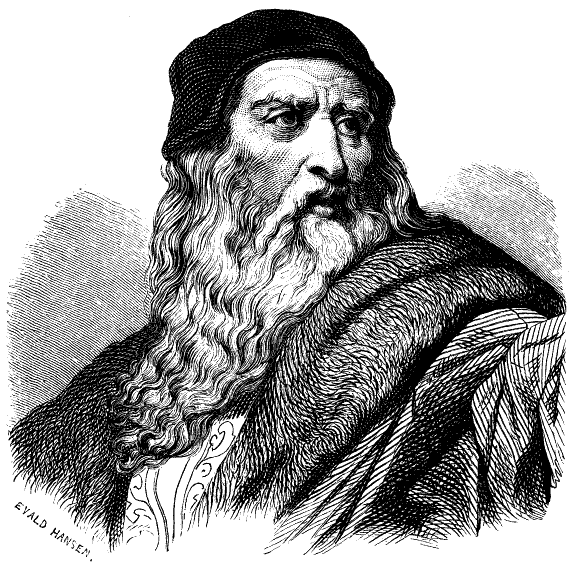
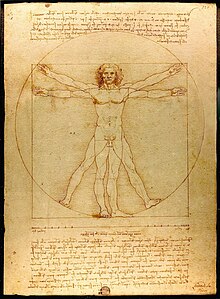


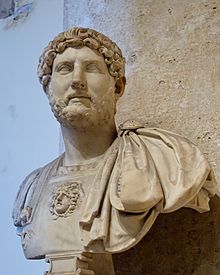


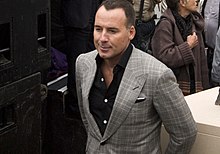


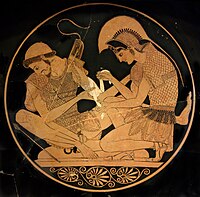

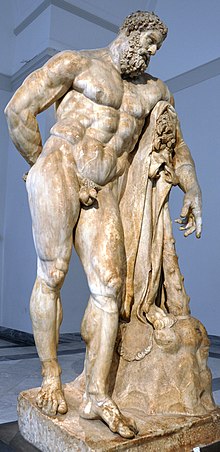


_-_The_Remorse_of_Orestes_(1862).jpg/300px-William-Adolphe_Bouguereau_(1825-1905)_-_The_Remorse_of_Orestes_(1862).jpg)

